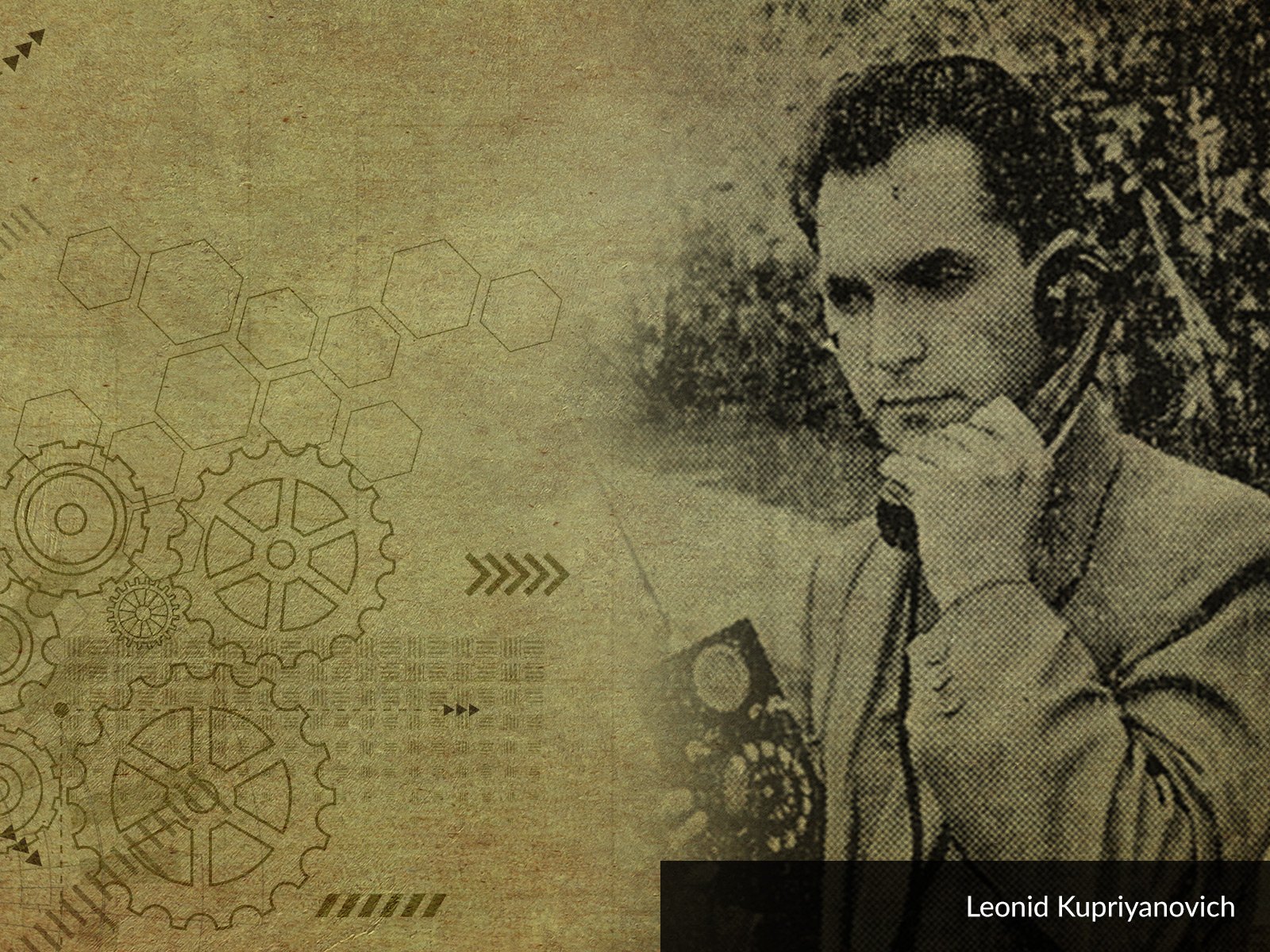Brick by brick
We come across a new field. One flash and we already know this is IT. That we will devote time, sleep, and often money to THIS field. It could be anything: a sport, an art discipline, a scientific topic.
Electronics.
At the beginning, we need to acquire knowledge and skills. The first attempts are rarely spectacularly successful. However, we are stubborn, we do not give up easily. Sometimes, we decide to abandon a project, but not a passion.
His name is Rafał Wiśniewski. He lives near Brodnica. He will turn 40 this year.
When he was in the sixth grade of primary school, he started building a robot, using systems from the TTL family. He worked on it for two years. He failed. He abandoned the project, but not his fascination with electronics.
In May 2014, he thought about building a calculator for the first time. He planned for all the work to take him 12 months. It took over five and a half years.
About 6000 hours of work.
It will be a simple four\-action device
This is what Rafał thought about his work during his first sleepless night. First of many. However, he also remembers those when he searched for solutions in his sleep.
For him, retro\-style digital electronics means building something brick by brick.
Creating in small steps: seeing how something works; eliminating errors; adding more functions; verification of data obtained on forums and industry websites, both Polish and foreign.
Days and weeks go by. The calculator grows with new functions, so far only in the notes. The next nine months are devoted to PCB design. First, six double\-sided boards, which he finally abandons, then one eight\-layer PCB.
For the next few months, he is busy looking for a PCB contractor and waiting for the impatiently\-awaited shipment, then assembling components. Finally, he plugs in the lab power supply. His heart trembles at the first comprehensive test.
Building it brick by brick.
For about 6000 hours.
100% original
More than five and a half years of work.
Is it as much or as little as it takes for a creator to say with full confidence: Yes, I am satisfied! And feel satisfaction with the application of his original design?
After all, Rafał Wiśniewski's calculator is an eight\-layer printed circuit board with impressive dimensions of 72 by 50 centimetres. The whole board is based on 477 basic digital circuits from the TTL family: logic gates, buffers, multiplexers, decoders, metering switches, counters, shift registers, frequency dividers, comparators, adders and many others. In addition to this, the following have been used: 370 resistors, 7 ladders, 165 capacitors, 1678 switching diodes, 270 transistors and a dozen other electronic components.
The device's processor interprets 59 instructions, each instruction can contain from one to more than ten executive functions, which can be blocked by one of 40 conditional functions. RAM has a capacity of 396 bits and is based on 99 four\-bit 74LS194 shift registers. The ROM memory is 3840 bits, organized as 16 by 240 diodes. The calculator has 400 LEDs which are used for various purposes in the standard and diagnostic modes. It also has 105 LED displays, where 65 of them are working displays, and the rest are used in the diagnostic mode. The keyboard keys (33) are backlit and respond to over a dozen real\-time dependencies.
The machine language and the instructions it contains which form the algorithms that control the operation of the device are developed by Rafał Wiśniewski. The computational algorithms are the relationships between: addition, bit shifting and comparing values, known to the insiders. However, they had to be properly transformed and modified to fit the device.
He also single\-handedly developed the control logic that makes up all the modules and circuits in the device.
Everything built brick by brick.
For almost six years. Or perhaps – just a bit less than six years?
The record number
That's 477 – the number of ICs used. This is the number that led to Rafał being awarded the title.
On the 15th April this year, the judge of the Record Office, Monika Skinder, officially confirmed: Rafał Wiśniewski set the Polish record for the largest number of integrated circuits in a self\-made and properly working device. The moments of verification itself were exciting, but they didn't last long, as all elements were counted quickly.
Having set the record, Rafał Wiśniewski would now like to talk about his work to as many people as possible. He would like to spread his enthusiasm for creating electronic projects. He would like to show on his example that anyone who loves their field and has only a little talent, as he modestly says, and works hard on his skills, is able to achieve a lot.
All you have to do is find the most appropriate path for yourself....





